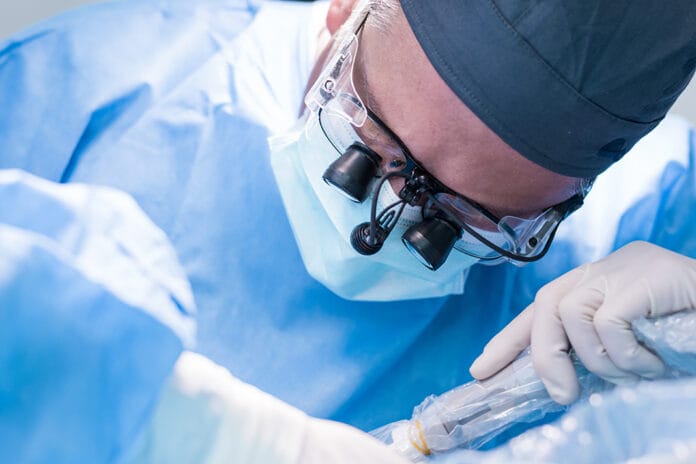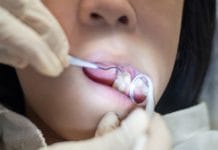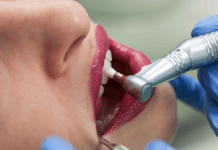Patients experiencing tooth loss may benefit from dentures or dental implants, but tooth transplants also show promising results. In a recent study, researchers used a substance extracted from the patient’s own blood called concentrated growth factor, in addition to 3D-printed tooth replicas, to promote healing and recovery from tooth transplant surgery.
Medical Applications of Concentrated Growth Factor
A platelet-rich substance called concentrated growth factor (CGF) is often used for tissue regeneration purposes, and since it comes from the patient’s body, there is no fear that the patient will develop an immune response against it. After drawing a blood sample, centrifugation separates it into three layers — red blood cells, CGF, and platelet-poor plasma. Next, the CGF is removed and can be used as is or combined with other biomaterials. Due to its healing properties, CGF may be used in orthopedic surgery, oral surgery, ophthalmology, cosmetic surgery, and other fields.
The Study
In this study, researchers aimed to transplant a patient’s tooth from one part of their mouth to another. In each case, the donated tooth came from an impacted third molar and was then moved to either the first or second molar in order to replace a damaged tooth. A total of 52 patients participated in this study, 26 in the study group and 26 in the control group. Researchers applied CGF to the transplant site for the study group, while no CGF was used in the control group.
Before the operation, all patients received a dental evaluation and provided a blood sample. Also, cone-beam computed tomography (CBCT) images gave researchers an idea of the donor tooth’s dimensions, location, and other relevant information.
Successful tooth extraction and implantation requires an intact periodontal ligament, and one way to achieve this is to minimize the donor tooth’s time outside of the body. For this reason, researchers created an acrylic 3D replica of the donor tooth, using the patient’s CBCT data and computer-aided design (CAD). Using this replica, the oral surgeon could potentially guide and modify the socket, allowing the donor tooth to remain in the body as long as possible until it was needed.
One oral surgeon performed all the procedures. After extracting the damaged tooth, the study group received an application of CGF in the socket. Then, the 3D model was placed in the socket in order to modify it, and when ready, the surgeon removed the impacted tooth and immediately placed it in the socket. If the fit matched, the donor tooth was left in the site, but if the socket still needed some modifications, the donor tooth was placed in a sterile solution while the surgeon continued to modify the socket until it was ready. After implantation, stable teeth received stitches for one week, while unstable teeth received a fiberglass band for four weeks.
After the procedure, researchers monitored the patient’s pain level and recovery, hoping to observe the effects of CGF on the transplant site while also assessing the value of using 3D-printed tooth replicas during the transplantation process.
Results
The CGF group achieved a 100% success rate, while the control group had a 92.3% success rate. The CGF group reported less pain and healed significantly faster, mostly within the first three months, when compared to the control group.
This study finds that CGF applied before a tooth transplant may speed up socket healing, shorten recovery times, lower pain, and increase postoperative success. Also, 3D printing may decrease the donor tooth’s time outside of the body, leading to positive results.
This study shows promise in using CGF during oral surgery, much like similar research in this area. However, more studies are recommended.










